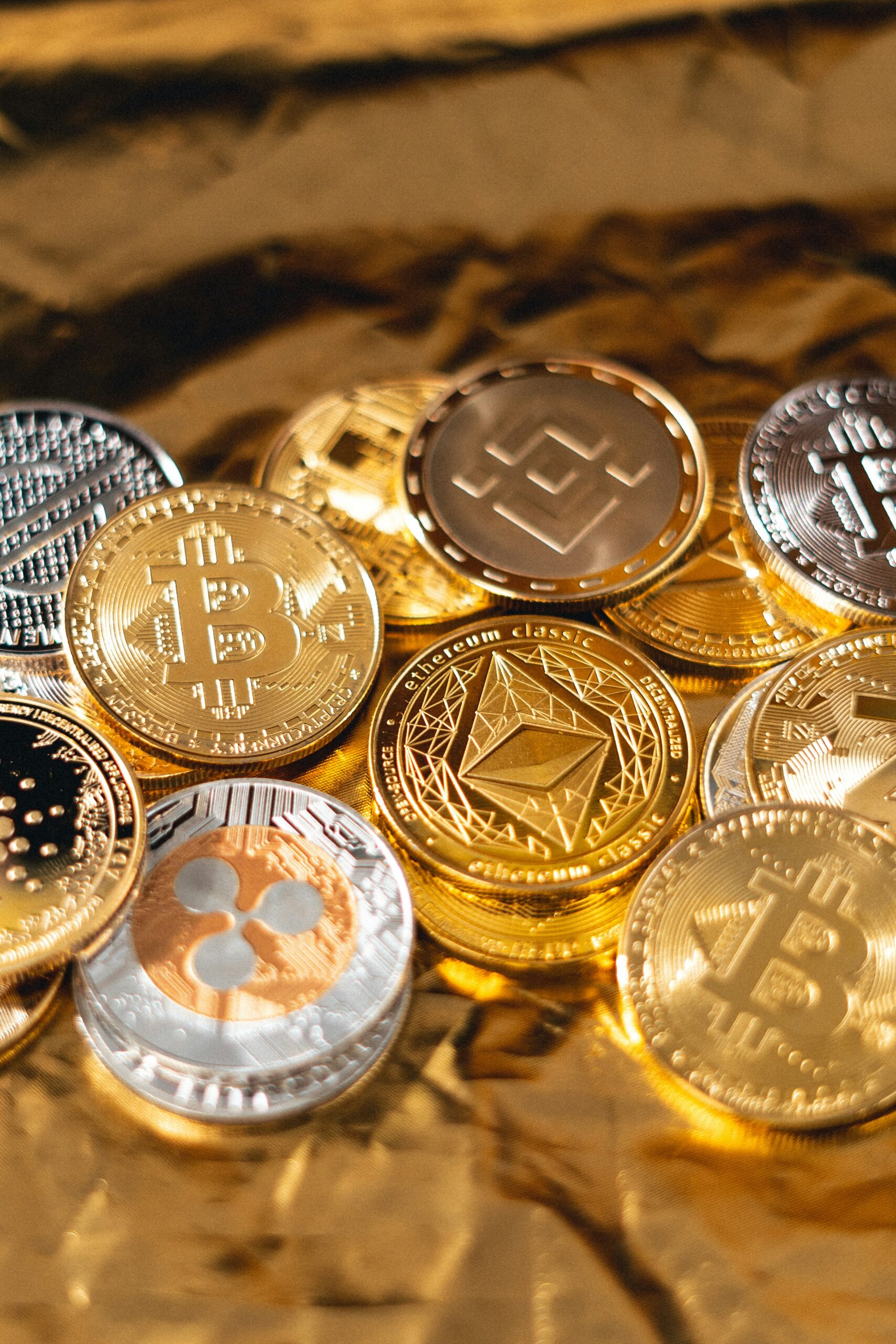New Technology vs. Currency
Technology vs. Currency
Most people believe that cryptocurrency is trying to take over other currencies and even the dollar. Though this is one of the main misconceptions. Cryptocurrency is not competing with the dollar, rather it is enhancing the dollar. This is due to the fact that these emerging assets are most valuable due to their technology and utility, making the dollar more valuable, more accessible, and creating a higher demand for it. Currently the dollar is over inflated, has no intrinsic value, and is being dropped by many countries.
The above leads into implementation of stablecoins. These will act as stable 1 to 1 digital assets that individuals, institutions, and banks can transition their assets to and have a nonvolatile position. 98% of stablecoins are backed by the dollar currently which gives the dollar huge value and position in the blockchain world. The dollar is set up perfectly for other countries to hold and have a stable position in the market via stablecoins.
As people demand for real value, gold and silver would need to reset to their original value before they were suppressed by inflation. If we get a gold backed digital currency this would create the best of both worlds in our economy: a monetary system backed by real value (gold and silver) and a monetary system that is updated and operated on the newest and best technology (cryptocurrency/blockchain). As you can see, there might be a competitive narrative within the media, but cryptocurrency is here to advance our monetary system and actually save and enhance the dollar.
New Technology Advancement
With every new technological advancement, we’ve witnessed a surge of wealth entering the economy. This isn’t just another technological leap; it marks a new paradigm in financial services. While technology previously digitized information during the dot-com boom and internet era, its current application is in digitizing commerce and currency—a larger opportunity than what the internet presented. The objective is to enable money to flow as freely as communication.
This technology promises to introduce liquidity, act as a bridge currency, and bring stability to nations, alongside enabling tokenization. It essentially facilitates the seamless transfer of value between different asset classes; for instance, from real estate to agricultural commodities like cattle or from commodities like soybeans to precious metals like gold
“Information was digitized during the dot-com boom and the internet era, but now digitizing commerce and currency is here, which presents a greater opportunity than the internet itself. Chris Larsen, one of the founders of Ripple, articulated that ‘The unique thing about the Ripple system is that it federates the payment systems of the world.’
What does this mean?
‘For example, the internet we use today consists of protocols that have been integrated and interconnected. Whether you’re using file transfer, HTTP, or email protocols, these different protocols together provide a unified internet experience. This is what Ripple is achieving for payments.’
He further explained, ‘It operates as an open protocol; we do not charge fees for using our system. There’s no need to obtain licenses from us. Think of Ripple as HTTP for money.'”
